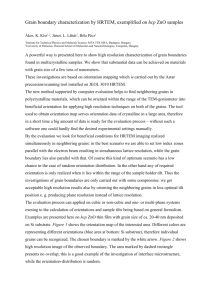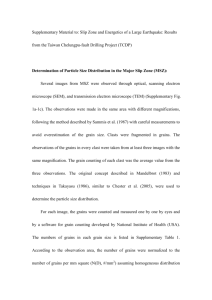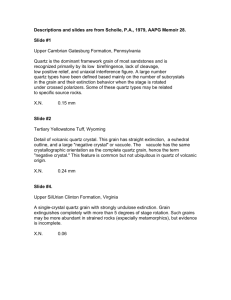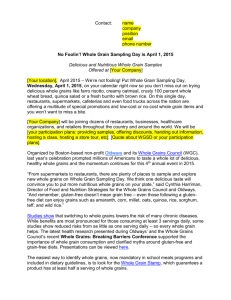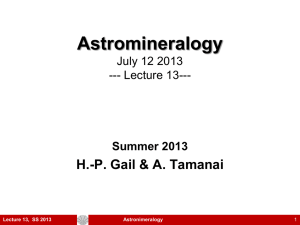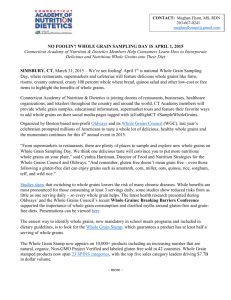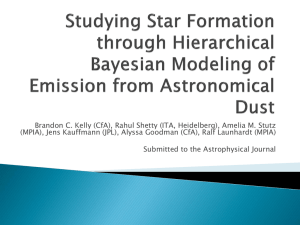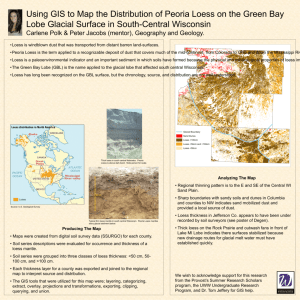Arid and Aeolian Landscapes
advertisement
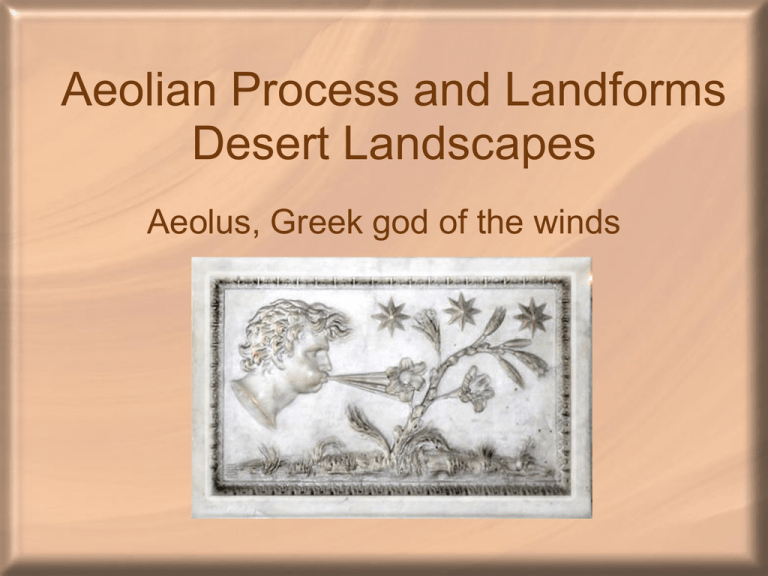
Aeolian Process and Landforms Desert Landscapes Aeolus, Greek god of the winds Wind as a geomorphic agent 12 consecutive months with no precip < 10 in. precip 10 -20 in. precip requires fine grained sediment and little vegetation Arid and Semi-arid Tunisia Morocco Algeria Libya Egypt Wind Erosion • Deflation – removal of loose particles by wind – max effectiveness when grain size = 100mm – silt and clay size move most easily and carried in suspension by turbulence – takes a long time to move sand • Abrasion – – – – bombarding of rock by airborne particles natural “sandblasting” sand-sized most effective uncommon > 2m. above ground Making the Sahara Desert • http://www.sciencefriday.com/videos/watch/10070 Arches NP: Arch Formation by Salt Weathering Arches N.P. • Greatest concentration of natural rock arches in the world • Arches form by – (Salt) weathering of vertical joints, in Entrada sandstone, produced by folding – Salt-cored anticlines undergoing dissolution – Exfoliation weathering • Sand grains are cemented by CaCO3 • Rain forms carbonic acid dissolving bond – Wind and water erosion exploit joints – Groundwater sapping Arch formation Wind Erosion • Deflation – Variations in lithology or cementation enable preferential wind scour – Desert pavement • Abrasion – Ventifacts Wind Transport • Saltation – bounce off the ground and other grains – effective < 2m. above ground – powers the remaining 3 processes • Reptation – impacting grain releases shower of particles • Suspension – silt and clay-sized – travel around the world • Creep or dry ravel – individual particles (sand and pebble size) roll and slide by momentum imparted by an impacting particle Wind deposition • Where does the “dust” go? – 90% on land; 10% in oceans • Sedimentation – Grains fall to ground – Air velocity decreases – Air currents bring silt/clay sizes near ground • Accretion – Where saltating grains come to rest • Encroachment – Creep is stopped by surface roughness Aeolian Forms: Transport by Suspension • Loess – Grain size: 20-40 microns – Accumulation rates: fractions of mm’s/yr • Mixed grain sizes are needed to entrain dust • Large saltating grains disrupt the laminar sublayer to entrail dust • Dust sources: alluvial fans/rivers, glacial outwash plains • Thickness declines with distance from source Chinese Loess • 247,000 mi2 loess plateau • Up to 300m thick • Source: deserts of interior China and Tibet http://www.clw.csiro.au/ReVegIH/Maps.htm Loess Strat glacial • Soils separated by unweathered silt • Used to correlate with deep sea records of paleoclimate • Pleistocene – windier and drier Interglacial, odd numbers

